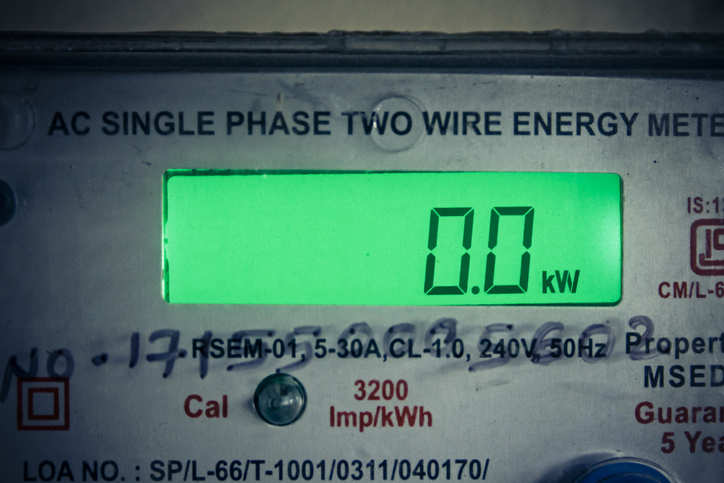Investment Information and Credit Rating Agency of India Limited (ICRA) has revised the year-end outlook for the power sector from stable to negative owing to slowdown in energy demand growth, sluggish progress in resolution of stressed thermal assets and less than expected improvement in discom finances.
 Icra downgrades power sector outlook to negative
Icra downgrades power sector outlook to negative According to ICRA Research, the all India electricity demand growth declined to 1.2 per cent in 8M FY2020 on a year-on-year basis (YoY) against the 6.4 per cent growth reported in 8M FY2019, an official statement said.
The demand growth turned negative since August 2019, with demand declining by 12.9 per cent in October 2019 and 4.3 per cent in November 2019 on a Y-o-Y basis. This can be attributed to lower demand from household and agriculture segments following higher than usual rains in August 2019 to October 2019 and; moderation in demand from industrial segment.
The slowdown in electricity demand growth coupled with higher generation from hydro, nuclear and renewable sources led to a decline in thermal PLF to 56.6 per cent in 7M FY2020 from 60.2 per cent in the corresponding period of previous year, the statement said.
Sabyasachi Majumdar, group head and senior vice president, ICRA, said “ICRA expects subdued energy demand growth coupled with higher generation from hydro, nuclear and renewable sources to supress the average thermal PLF on all India level to about 59.0 per cent in FY2020 from about 61 per cent in FY2019. Nonetheless, the same is expected to show a gradual recovery over the medium term with the decommissioning of older thermal projects, slow pace of new capacity addition and expectations of recovery in industrial energy demand. Further, absence of fresh long term PPAs over the last few years and the delays in implementation of medium term PPAs as awarded in the last one year under the central schemes remain the areas of concern for the IPPs.”
ICRA said the progress on stressed asset resolution also remains slow, with only about 10 per cent of the 40 GW stressed coal-based capacity achieving resolution. This is because of the long lead time to achieve a sustainable resolution, limited progress in signing of new long-term PPAs and still subdued thermal PLF levels, it said.
Given the slowdown in demand growth and lack of visibility on long-term PPAs, the resolution of stressed assets may remain slow in the near term, the ratings firm said.
While the provision of letter of credit (LC) or advance payments has been made mandatory w.e.f. August 1, 2019 which is a positive development for IPPs/Gencos in the power sector, the implementation of the same has been mixed so far and does not address the issues pertaining to recovery of old receivables. The domestic coal linkage availability has also shown an improvement and along with this, the provision of such linkage coal against short term PPAs remains positive, especially for about 15 GW of capacity which does not have long term PPAs as of now, ICRA said.
Credit profile of power plants having cost plus-based long term PPAs are unlikely to be affected due to slowdown in demand, assuming there are no material under-recoveries in energy costs.
“On the distribution front, the progress in improving the financial profile of the discoms, as envisaged under the UDAY scheme remains slow, given that the reduction in AT&C losses is lower-than-expected in some of the key states and as the tariff revisions across majority of the states remained inadequate and not reflecting the movement in the cost structure. With higher subsidy dependence expected to continue, the discoms book losses are likely to witness an uptrend in FY2020 at an all India level,” said Girishkumar Kadam, sector head and vice president, ICRA.
This is also evident from an upward trend in dues from discoms to power generation companies, which stands at more than Rs 80,000 as of September 2019 as per the data from PRAAPTI dashboard. Sustained focus on efficiency improvement and tariff adequacy thus remains critical for the viability of state owned distribution utilities in the long run, it said.